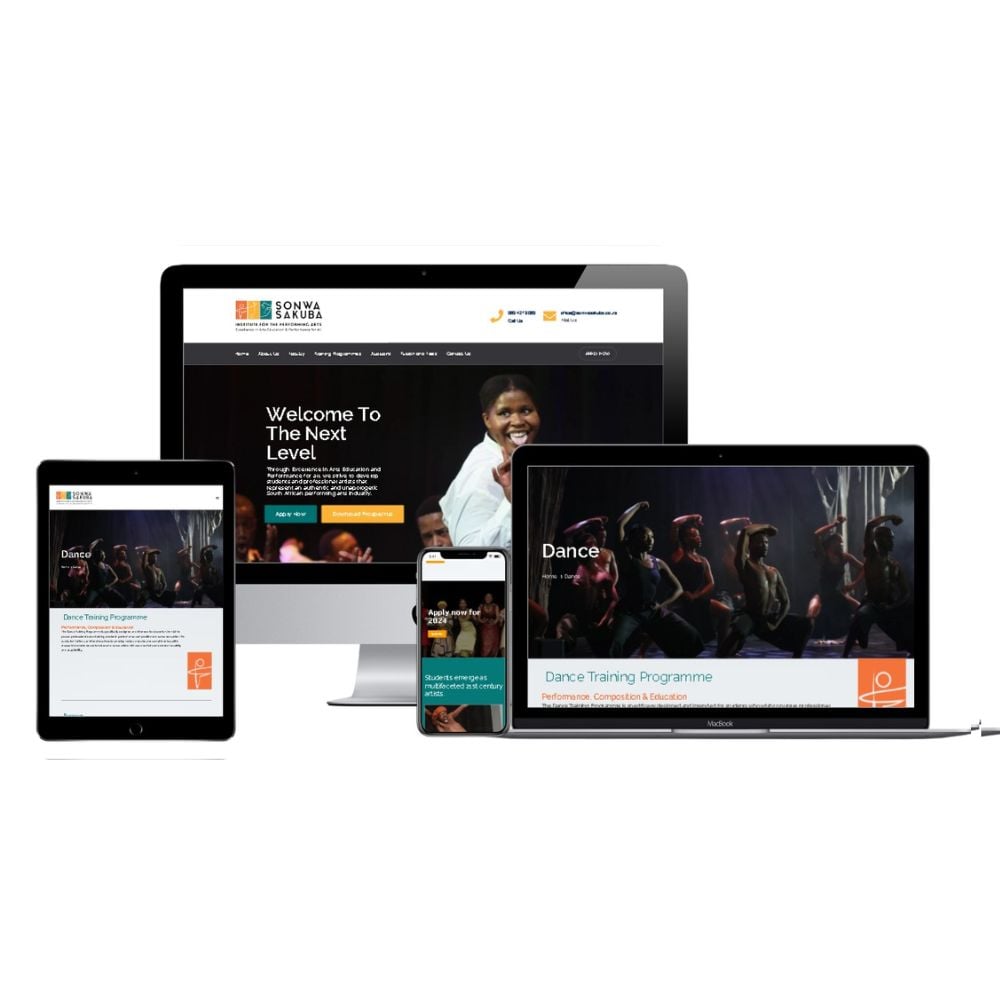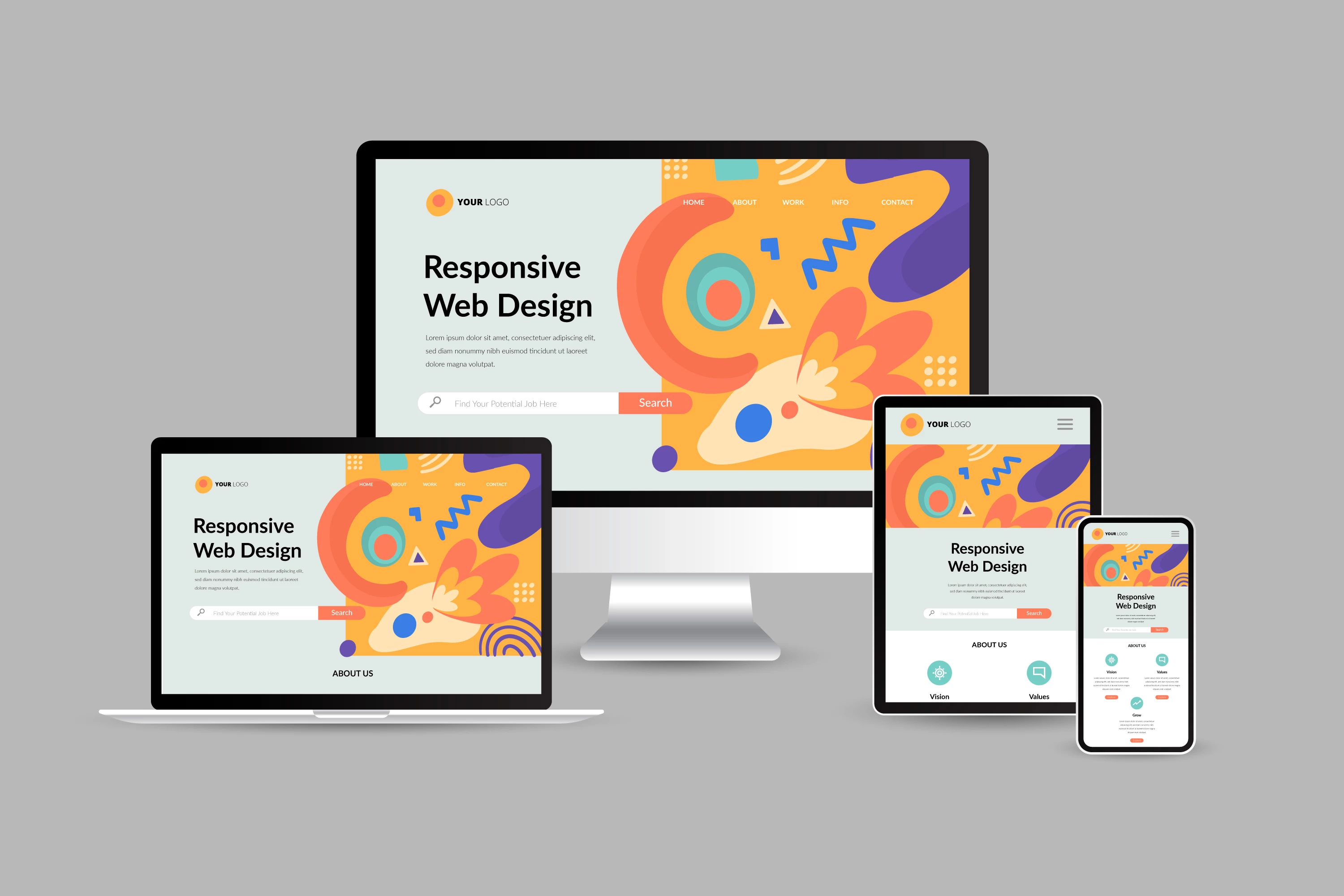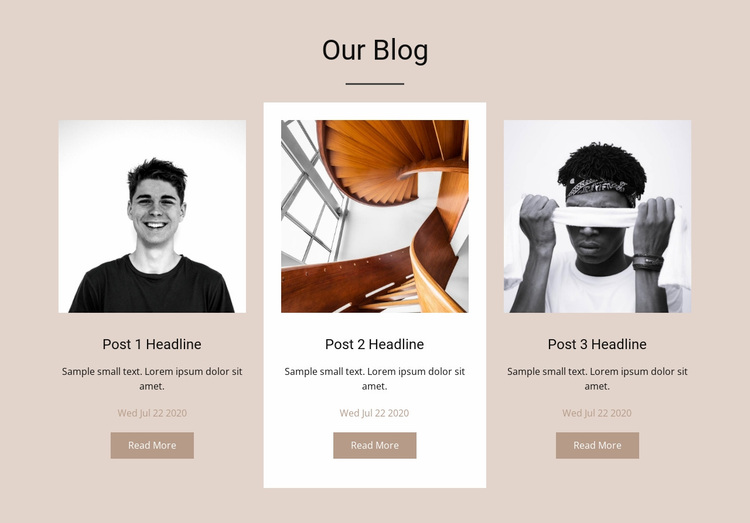Tailored Website Design Services That Cater to Your Business’s Unique Needs
Tailored Website Design Services That Cater to Your Business’s Unique Needs
Blog Article
Top Tips for Developing an Impactful Web Site Layout That Converts
To attain this, one need to think about a selection of elements, consisting of recognizing the target audience, prioritizing customer experience, and maximizing for mobile systems. The calculated use of engaging call-to-actions and a distinct aesthetic power structure plays an essential function in directing customers with their trip.

Understand Your Target Target Market
Recognizing your target audience is basic to effective web site layout, as it prepares for producing an interesting individual experience. Recognizing who your individuals are, including their demographics, preferences, and behaviors, allows developers to customize the web site's web content, design, and performance to fulfill details needs.
Conducting extensive marketing research is essential in this process. Studies, interviews, and analytics can provide useful understandings right into user expectations and discomfort points. By compiling this information, designers can produce user identities that represent different sections of the audience, ensuring that style decisions are informed and pertinent.
Additionally, understanding the target audience helps in picking appropriate style components such as color pattern, typography, and images that resonate with users. A website that talks directly to its audience cultivates a sense of link and trust fund, encouraging longer gos to and greater conversion prices.
Inevitably, a user-centered technique to internet site layout not just enhances customer contentment yet also supports company goals by driving involvement and commitment. By focusing on the needs and choices of the target audience, an internet site can successfully serve its objective and accomplish wanted end results.
Prioritize Individual Experience
To improve the general performance of a website, prioritizing individual experience (UX) is vital (Website Design). A properly designed UX ensures that site visitors can browse the website easily, locate details quickly, and engage with material meaningfully. This brings about raised customer fulfillment and higher conversion prices
Begin by applying instinctive navigating. Menus must be realistically structured, permitting individuals to situate key areas of the website with marginal initiative. Consistency in style elements, such as color pattern and typefaces, fosters familiarity, which is essential for keeping customer engagement.
In addition, consider the filling speed of your website. A hold-up of simply a couple of seconds can cause considerable drop-offs, as individuals are much less most likely to await a slow-loading page. Streamlining images and enhancing code can improve efficiency and maintain site visitors.
By prioritizing customer experience, you not just produce an extra satisfying setting for visitors however also reinforce your brand name's integrity. Ultimately, a focus on UX is an investment in the lasting success of your website.
Optimize for Mobile Devices
Maximizing for smart phones is vital in today's electronic landscape, where a boosting variety of customers accessibility web sites with mobile phones and tablets. A mobile-friendly layout not only improves individual experience however likewise plays a significant role in improving online search engine rankings. To accomplish this, it is essential to take on a receptive style that instantly adapts to various screen sizes and positionings.

Filling speed is one more essential element; mobile users are commonly less individual and anticipate rapid access to details. Optimize photos and utilize browser caching to enhance efficiency. Examination your website on several devices and display resolutions to determine and remedy any type of prospective functionality concerns. By prioritizing mobile optimization, you make sure that your web site remains competitive and properly engages a wider audience.
Use Compelling Call-to-Actions
An internet site's performance usually imp source hinges on its capacity to direct site visitors towards wanted actions, making engaging call-to-actions (CTAs) essential components of style. CTAs serve as the crucial factors that guide customers to engage with the website, whether that implies purchasing, registering for an e-newsletter, or downloading a source.
To produce efficient CTAs, quality is critical. Use concise language that clearly communicates the action you desire the customer to take.
Furthermore, consider utilizing directional signs, such as arrows or images, to assist customers toward these switches. By focusing on these components, organizations can dramatically boost user involvement, driving conversions and eventually attaining their site's objectives.
Focus on Visual Pecking Order
Effective website layout relies greatly on a well-structured visual power structure that guides users through material flawlessly. more helpful hints By organizing aspects in a manner that prioritizes info, designers can enhance user experience and assist in decision-making. This involves utilizing size, color, comparison, and spacing purposefully to draw focus to one of the most critical components of a webpage.
The usage of larger fonts for headings and subheadings develops a clear difference in between different areas, enabling customers to check material easily. Furthermore, utilizing contrasting colors for buttons and calls-to-action can catch customer interest and encourage interaction. Whitespace is another necessary element; it protects against clutter and makes it possible for customers to focus on essential messages without diversions.
Pictures and graphics should complement the text while also sticking to the established pecking order, strengthening the general message (Website Design). Consistency in design elements, such as color plans and typography, more strengthens the aesthetic power structure, making navigation intuitive

Verdict
To conclude, efficient click for info site layout requires a detailed understanding of the target market, prioritization of customer experience, and mobile optimization. The critical use compelling call-to-actions and a distinct visual power structure better boosts individual involvement. By applying these principles, internet sites can achieve greater conversion rates, making sure that layout aspects not only bring in site visitors but likewise help with smooth navigating and communication. Ultimately, a well-executed site design works as an important component in driving user activities and attaining company goals.
Report this page